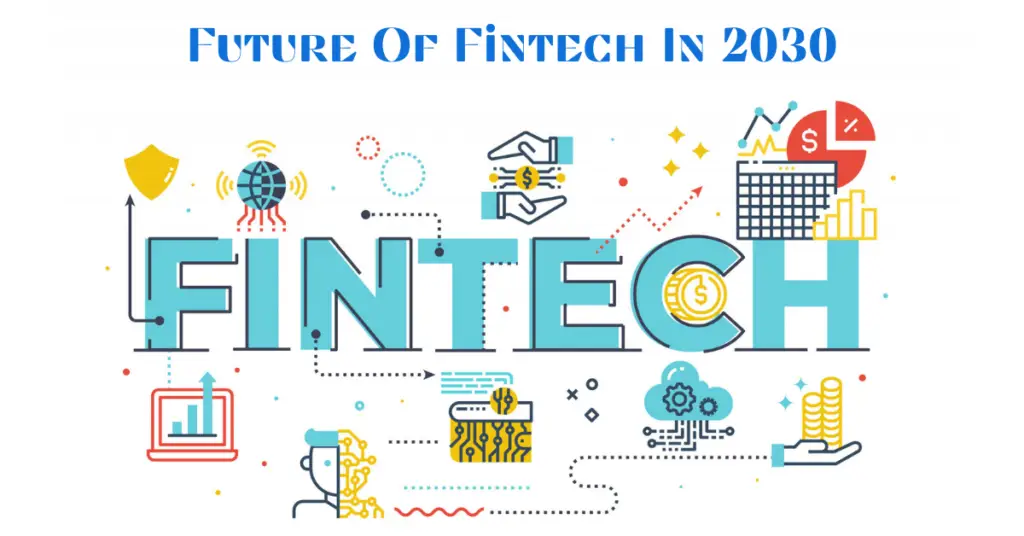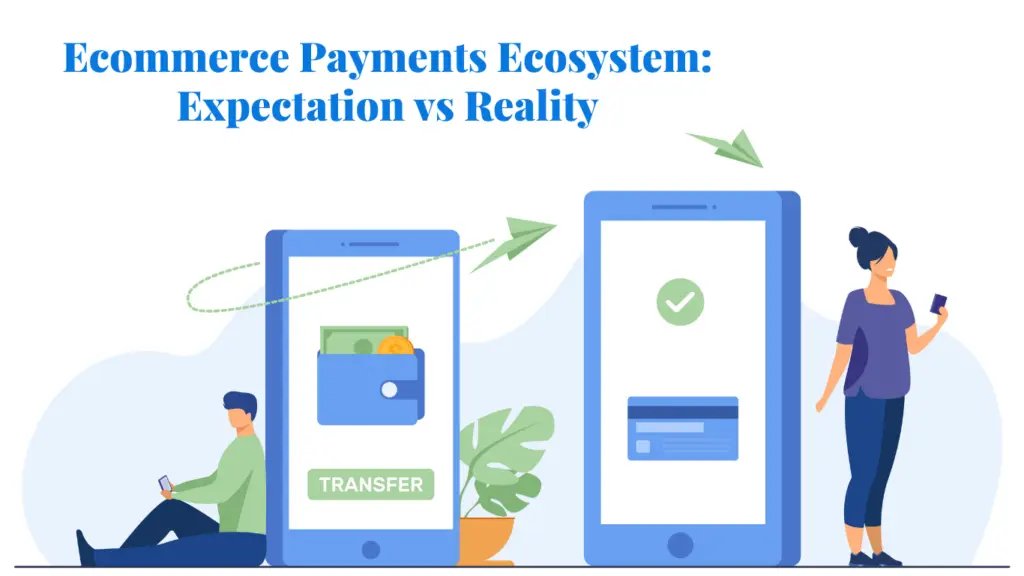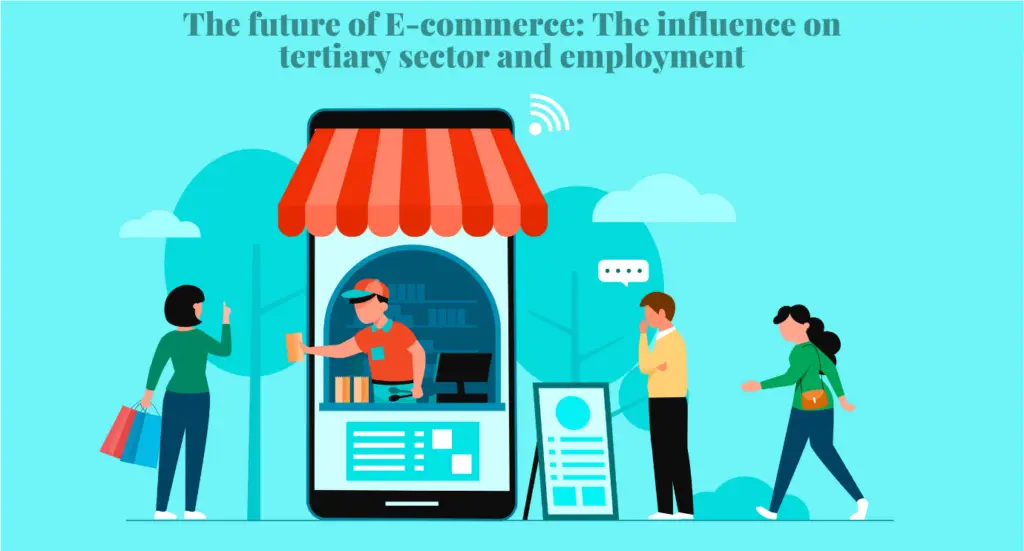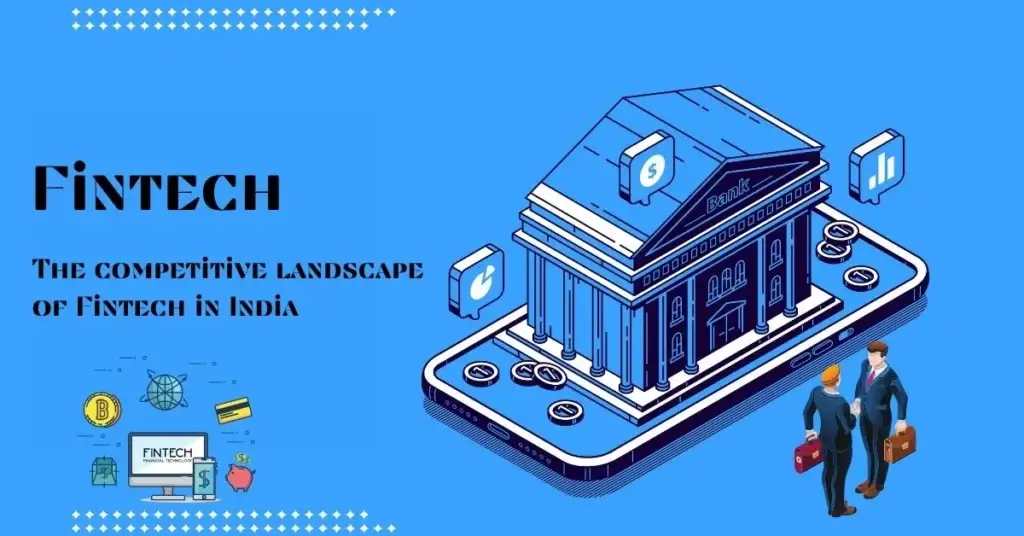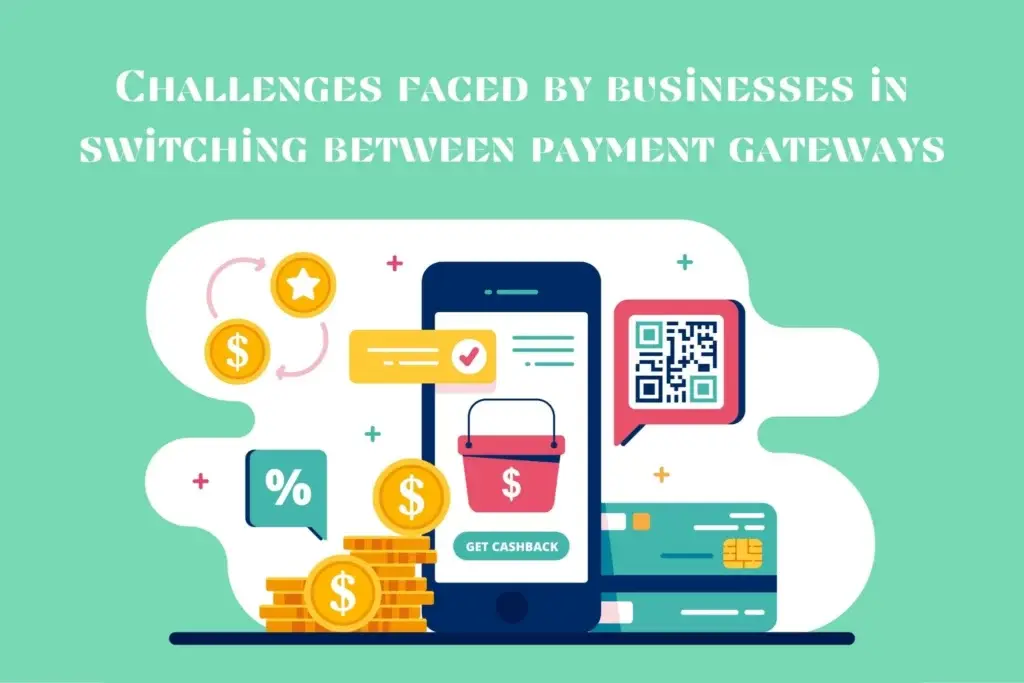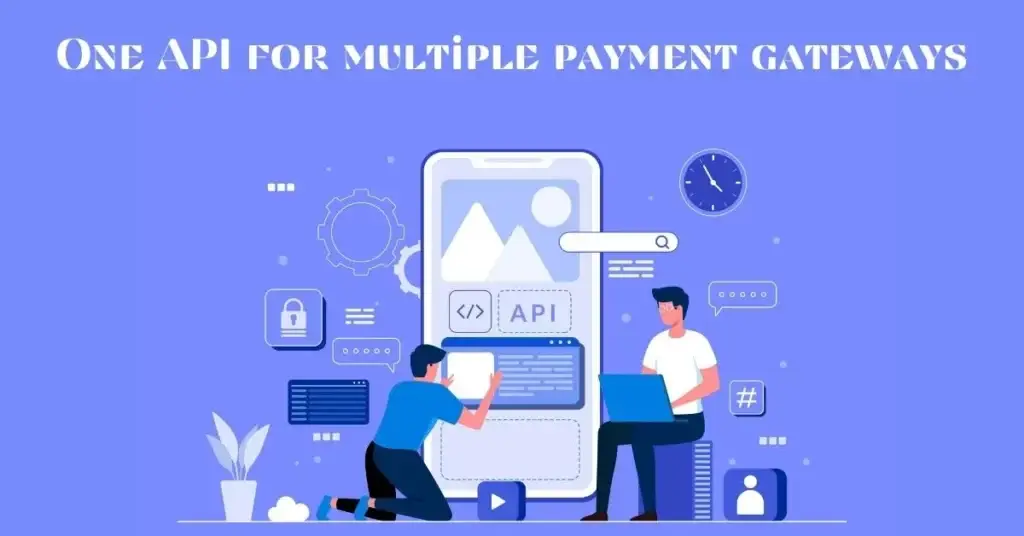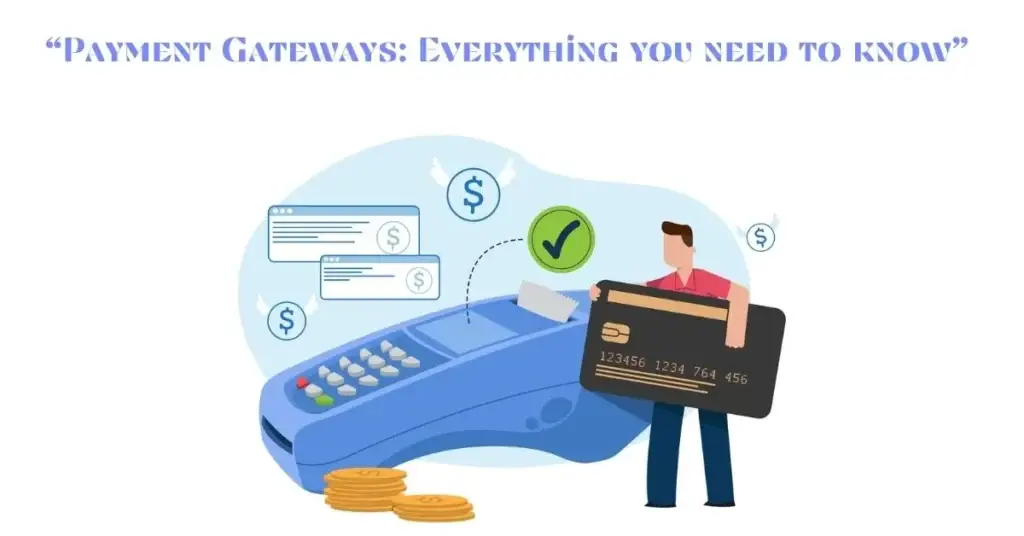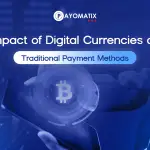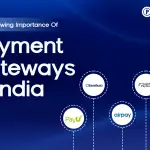In the last decade, fintech has grown at a rapid rate. It is not only changing payments and investing methods but also how exactly businesses work.
For bankers and traders, financial technology was just the back-office support. Capitalists barely looked at this sector. Companies in the industries were not seen as high growth darlings of Silicon Valley.
Over the last decade, things have changed dramatically. With the share of investment dollars going into fintech, the capital of private ventures is increasing. Because of the rapid growth of fintech, it is difficult to state the hype from reality. Future of Fintech at last has found its place in the innovation economy.
Fintech is growing by raising money for start-ups, online banking, managing investments, etc.
For the last several years following have found their place in fintech Companies.
- Blockchain,
- Artificial intelligence,
- Chatbots,
- Robo-advisors,
- Neobanks,
- Myriad
Eastern technology companies have launched various messaging super-apps. They are having billions of users worldwide and impact financial services. It is outcompeting the strength of Western jurisdictions. American tech firms are also finding ways to provide something in financial products.
Let us take some examples of the technological advancement, that will bring revolution in the future of fintech :
Digitisation Impact – Future of Fintech
Digitisation is the conversion of text, image, or sound into a digital form that can be easily processed by a computer.
Consumer relations in the front office are moving out of physical conversations into smartphones. Digitisation is on the run all along the value chain.
For example European Neobanks (Revolut), Asian Insurtechs (Ping An).
Raw automation company provides the ultimate service, installments, pouch-packaging machines, and so on. It is under the process of serving the customer, onboarding, and even assessing.
Instead of letting people interact with the real agent, some interfaces use machine learning. These interfaces also use natural languages to start chatting. This type of digital advancement is resulting in massive competition between several industrial sectors. They are hinging and pivoting to sell their services.
Data Aggregation
The arrival of financial application programing interfaces is powered by aggregation sites. They are enabling banking and investment data to flow around different destinations.
Financial companies are renting their balance sheets, charters, & licences to different tech companies. For these services, they have been billed as bank-as-a-service. They are letting any distribution experience cover any appropriate financial capabilities.
This is not easy but challenging for the traditional bearers. They are habitual of manufacturing products, and sales channels are pushing them at people. Because of this, consumers are now interacting with finance at the point of their experience.
There is no need to do the shopping for finance because now it will be directly available to the point of sale. Tesla offers its car insurance, even Greensky Inc. provides help to home improvement contractors, offering finance to borrowers in their homes.
Blockchain Technology
Blockchain has been on-trend since 2018. It has been under various banks where it eliminates the interference of financial regulators. A blockchain is generally a digital ledger of transactions. Transactions that are distributed & duplicated across the vast network of the computer system.
Crypto miners spend billions of dollars every year on data protection and cybersecurity. There are plenty of open-source developers who are regularly improving their software for all users.
Today’s market is still obsessing over bitcoin and its financial attributes. Future networks of programmable blockchain like Ethereum are re-discovering the primitives & data standards. They are on the run to create the most efficient finance factory. Meanwhile, The Reserve Bank of India (RBI) plans to issue the digital currency in the next fiscal year which will be called Digital Rupee.
Regulations and the law is the major barrier in such types of transformations. They both are the response to how industries formed in the past.
Hence the regulation is a necessity, no one will raise questions on regulating a horse or a car. Thus, the quickest geographical realisation will have the highest benefit, from the infrastructure.
Switching from customer to platform
Digital point solutions are a good start but not the destination of the fintech journey.
Let us take a simple example- when someone has a headache, they don’t go to the aspirin store. They rather chose to visit the supermarket or the pharmacy. They have thousands of different products with certain offers.
In the same way, there are thousands of features available to clients on various e-commerce and social platforms.
Direct-to-Consumer (D2C) fintech Companies
D2C is a low barrier-to-entry eCommerce strategy. It allows manufacturers & Consumer Packaged Goods (CPG) brands to sell directly to the consumer. It bypasses the conventional method of negotiating with a retailer or reseller to get your product on the market.
To serve the unprofitable customer, investors have put billions of dollars into d2c fintech companies. Investors like the soft bank are putting in billions of dollars.
They have clients having millions of small accounts on many mobile apps. Old-school financial investors are dubious that the economy of these businesses can return capital by working in the long run.
There is no fun without competition, that’s why large incumbents have taken matters into their hands. Tycoons like Goldman Sachs Group Inc. (GS), Banco Santander (SAN), JP Morgan Chase & Co. (JPM), have already launched fresh takes on product-led solutions. Investment and digital banks are not exceptions but rules.
Financial Inclusion or Generics
We are rapidly moving towards the age of financial inclusion and generics. Walmart Inc. is the greatest example. It can sell both generic knock-off drugs as well as branded aspirin or luxury toilet soap or generic home products. In the same way, it should be able to sell a generic financial product.
These types of products are not white-labeled high-quality products. These are the equivalent of smartphones made using learning from the iPhone.
The plumbing of finance is transparent in wide parts. It is because of data aggregation and blockchain-based infrastructure. It is most likely that cheap generic solutions will proliferate.
A move from Product to Consumer
Finance is easier than one might think. There are investment managers who are making:
- Investment funds,
- Bank-holding ledgers, and
- Deposits with a lot of interest rates.
There are lenders and also insurers who are underwriting customer risks with capital.
Then comes the store, selling the product-
- Insurance salesperson
- Bank branches
- Financial advisors
- Lending officers
Between these two types (investment managers and stores), there are hard value chains of the balance sheet, human, and software. They are stuck together by some regulations and industry habits. Clients visit the store to buy the financial products at the end.
Outstanding technology
According to a survey, seven key technologies are ready to bring a revolution in fintech till 2030. These technologies will drive and shape the competitive base of the financial industry.
Innovations and technological progress are the vital points of fintech development. The 7 key technologies that are ready to drive fintech development are as follows.
- Blockchain
- Cloud computing
- Artificial intelligence
- SaaS, open-source, and serverless
- Internet of things (IoT)
- Hyper automation
- No-code and Low-Code
Conclusion-
Highlighting all these changes in the human potential and capacity to learn, evolve and adopt the new behaviours. Why did Americans refuse to swipe credit cards for decades? While for Apple and Usher, it took only some years to develop a touch-based interface.
Due to this reason, even the exceptional financial manufacturing will reach nowhere. For this to grow, entrepreneurs must design unique interfaces. Meanwhile, industries & companies should sell products to millions.
The fintech revolution is rising, it had its start. Banks are chasing and will soon catch up, though many have lost the war already. Tech companies are steering into finance, by directing billions of website visitors to vendors and partners.
Fintech 2030 is a big goal and is a comprehensive journey to finance the future. It gives us a glimpse into how fintech will change every market it enters. Fintech will surely continue to evolve with accelerating innovations.
It is a well-known fact that fintech is only 1% finished and there is a lot more to cover. The next decade will be the most exciting and overwhelming for fintech.
In order to cope with the trend, Payomatix comes into the picture. Payomatix lets you resolve the challenge of receiving money from a single gateway. Moreover, it allows you to receive payment from multiple gateways under a single platform. The good part is you don’t have to keep on switching tabs for receiving payments. Payomatix covers you up in all aspects.

